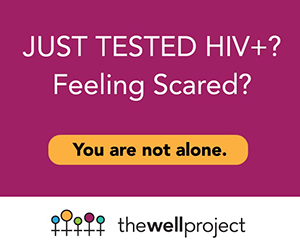April 4, 2017
10am US ET / 4pm CET
via AVAC
Last month hundreds of people tuned in to hear researchers discuss the available data on "time to protection" required for effective oral PrEP with TDF/FTC—i.e., how many doses must be taken to build up protective levels of the drug in the blood? The answer is—it varies. Not surprisingly then, so do the guidelines for PrEP use.
As webinar participants learned, the data are varied and subject to interpretation. The World Health Organization (WHO) and the US Centers for Disease Control and Prevention (CDC) recommend different time frames to reach protection in their respective guidelines for oral PrEP use. Both of these recommendations are based on measurements of the amount of drug that accumulates in blood and/or tissue over a specific period of time. The studies of how drugs are taken into the body and how they leave the body is called "pharmacokinetics" and "pharmacodynamics" or "PK" and "PD" for short, as explained in our primer for advocates. There isn’t a single PK measurement that is associated with PrEP protection—so both WHO and CDC guidelines are based on inference.
Join us for a follow-on webinar presentation and Q&A scheduled for Tuesday, April 4, 10am US ET / 4pm CET when representatives from both CDC and WHO will review their respective guidance development processes and the role, use, contexts and audience for guidance documents.
We hope this webinar will further the dialogue, and please join us.





